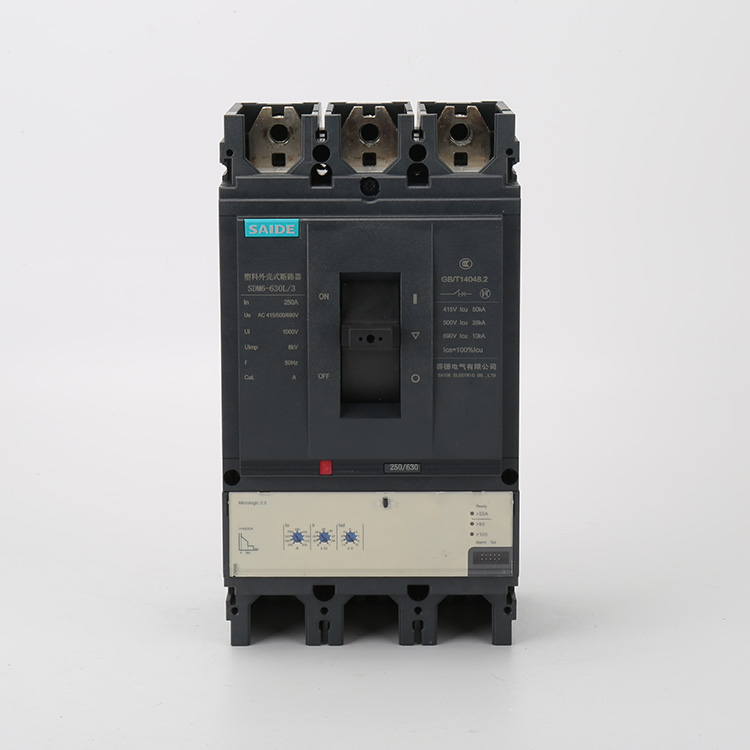Low Voltage Air Electric Circuit Breakers
We are delighted to introduce Saide® Low Voltage Air Electric Circuit Breakers, a high-quality electrical protection solution designed to ensure the safety and reliability of your electrical systems. As a leading manufacturer and supplier, we offer cost-effective solutions that not only provide you with top-notch electrical equipment, but also come with highly competitive prices.
Send Inquiry
Low Voltage Air Electric Circuit Breakers
Saide® Low Voltage Air Electric Circuit Breakers are equipped with advanced technology and dependable performance, effectively safeguarding your electrical systems against overloads, short circuits, and other potential faults. These circuit breakers are ideal for various industrial and commercial applications, playing a crucial role in maintaining the safety of your electrical infrastructure.
Low Voltage Air Electric Circuit Breakers accessories
The internal accessories of the Low Voltage Air Electric Circuit Breakers are seamlessly integrated within the inner cavity of the cover plate. Notably, the shunt release, undervoltage release, auxiliary contact, and alarm contact are all crafted as distinct, easily manageable modules. This design approach ensures that installation is not only straightforward but also optimally secure and reliable.
This user-friendly configuration empowers customers to autonomously position and install these crucial components within the circuit breaker. This level of convenience not only streamlines the setup process but also enhances overall operational safety.
Shunt release
For remote control of the circuit breaker opening, the shunt release can reliably open the circuit breaker between 70% and 110% US. The shunt release should be prohibited from being energized for a long time (≤5s).

Undervoltage release
When the control voltage drops to 35% to 70%, the undervoltage release should trip and the circuit breaker should be reliably disconnected. When the control voltage is greater than or equal to 85%, the circuit breaker should be reliably closed. When the control voltage is less than 35%, it should be able to prevent the circuit breaker from closing.

Contact contact
Function: Indicates the opening and closing state of the circuit breaker.

When the circuit breaker is in the opening position
When the circuit breaker is in the closing position

Alarm
Function: Indicates the possible cause of tripping of the circuit breaker
a: overload ; b: short circuit; c: ground fault: d: undervoltage trip operation ; e: free trip.
When the circuit breaker is normally closed or opened, the alarm contact does not move, and only after the free trip or fault trip occurs. The position of the contact changes, that is, the normally open becomes normally closed, and the normally closed becomes normally open. When the circuit breaker is buckled again, the alarm contact returns to its original position.

Circuit breaker characteristics
| Mode of operation | Manual Direct operation | Yes | Yes | Yes |
| Rotate handle operation | Yes | Yes | Yes | |
| Electric operating mechanism | Yes | Yes | Yes | |
| Mounting method | Fixed type (front of plate) | Yes | Yes | Yes |
| Fixed type (rear of plate) | Yes | Yes | Yes | |
| Plug-in (front of plate) | Yes | Yes | Yes | |
| Plug-in (rear of board) | Yes | Yes | Yes |



















